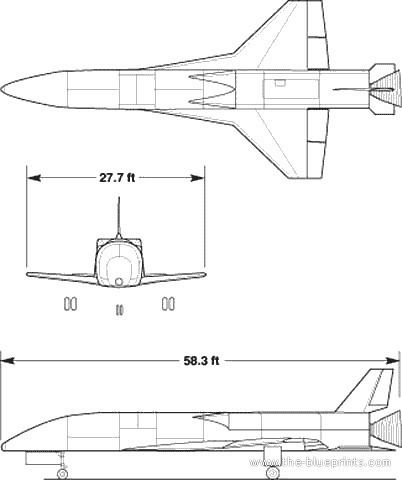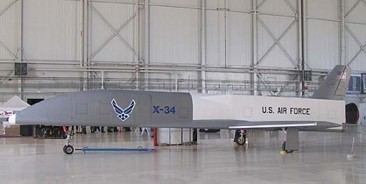Country of origin United States Diameter n/a Stages 1 Mass 8,165 kg | Height 11.5 ft (3.5 m) Length 58.3 ft (17.77 m) Wingspan 9 m | |
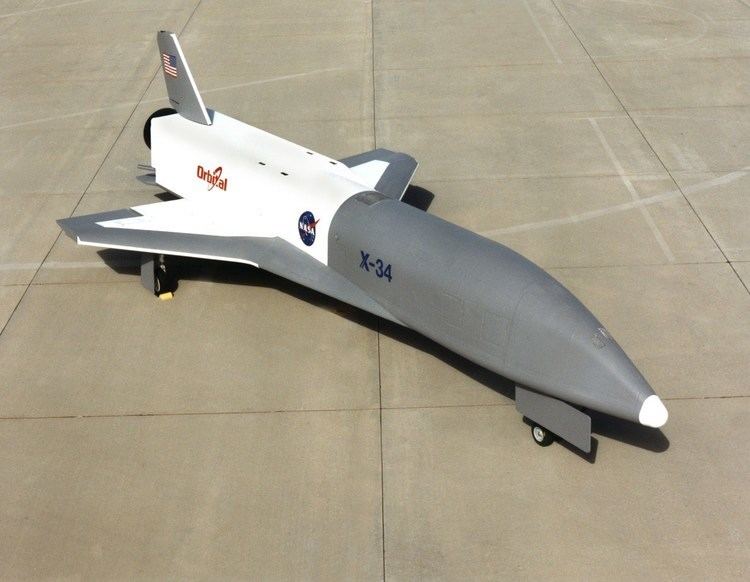 | ||
Similar Boeing X‑37, Solar Radiation and Clim, Interstellar Boundary Explorer, ICESat‑2, Intelsat 11 | ||
Orbital sciences x 34 top 7 facts
The Orbital Sciences X-34 was intended to be a low-cost testbed for demonstrating "key technologies" which could be integrated into the Reusable Launch Vehicle program. It was intended to be an autonomous pilotless craft powered by a 'Fastrac' liquid-propellant rocket engine, capable of reaching Mach 8, and performing 25 test flights per year.
Contents
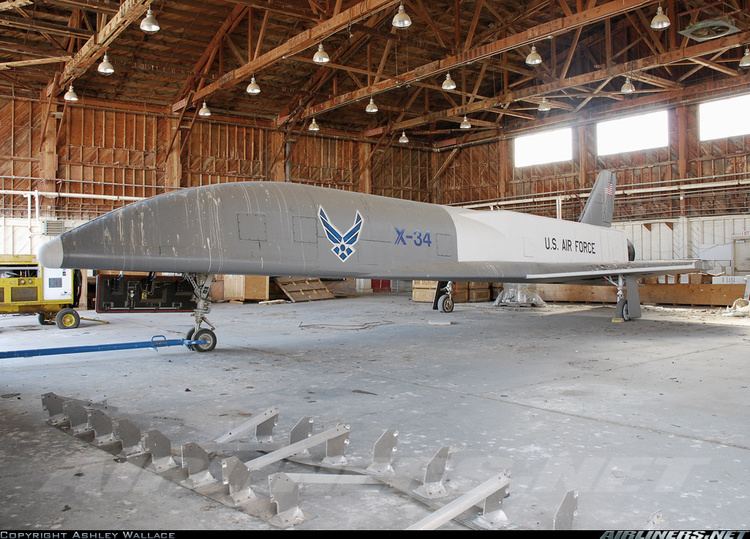
The X-34 began as a program for a suborbital reusable-rocket technology demonstrator. In early 2001, the first flight vehicle was near completion, but the program was ended after NASA demanded sizable design changes without further funding. The contractor, Orbital Sciences, refused to make the changes. Up to this point, the project had encompassed spending of just under $112 million: $85.7M from the original contract with designer Orbital Sciences, $16M from NASA and various government agencies for testing, and an additional $10M for Orbital Sciences to adapt its L-1011 carrier to accommodate the X-34. The program was officially canceled by NASA on March 31, 2001. The unpowered prototype had been used only for towing and captive flight tests when the project was canceled.
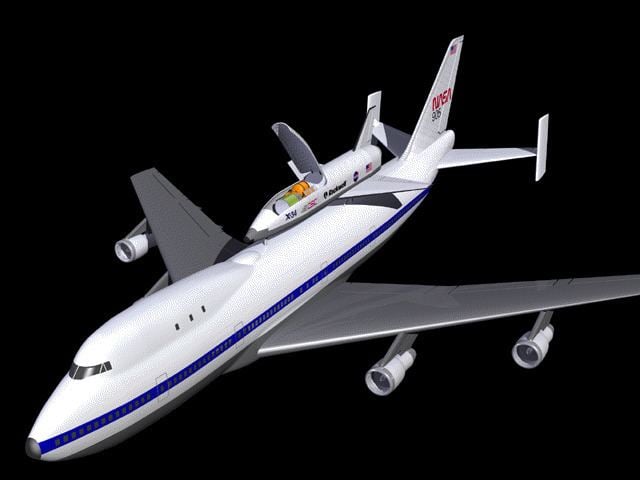
The two demonstrators remained in storage at Edwards Air Force Base until November 16, 2010, when both X-34s were moved with their vertical tails removed from Dryden to a hangar owned by the National Test Pilot school in Mojave, California. They are to be inspected, and NASA is investigating the possibility of restoring them to flight status.

Airtop orbital sciences x 34 osc

